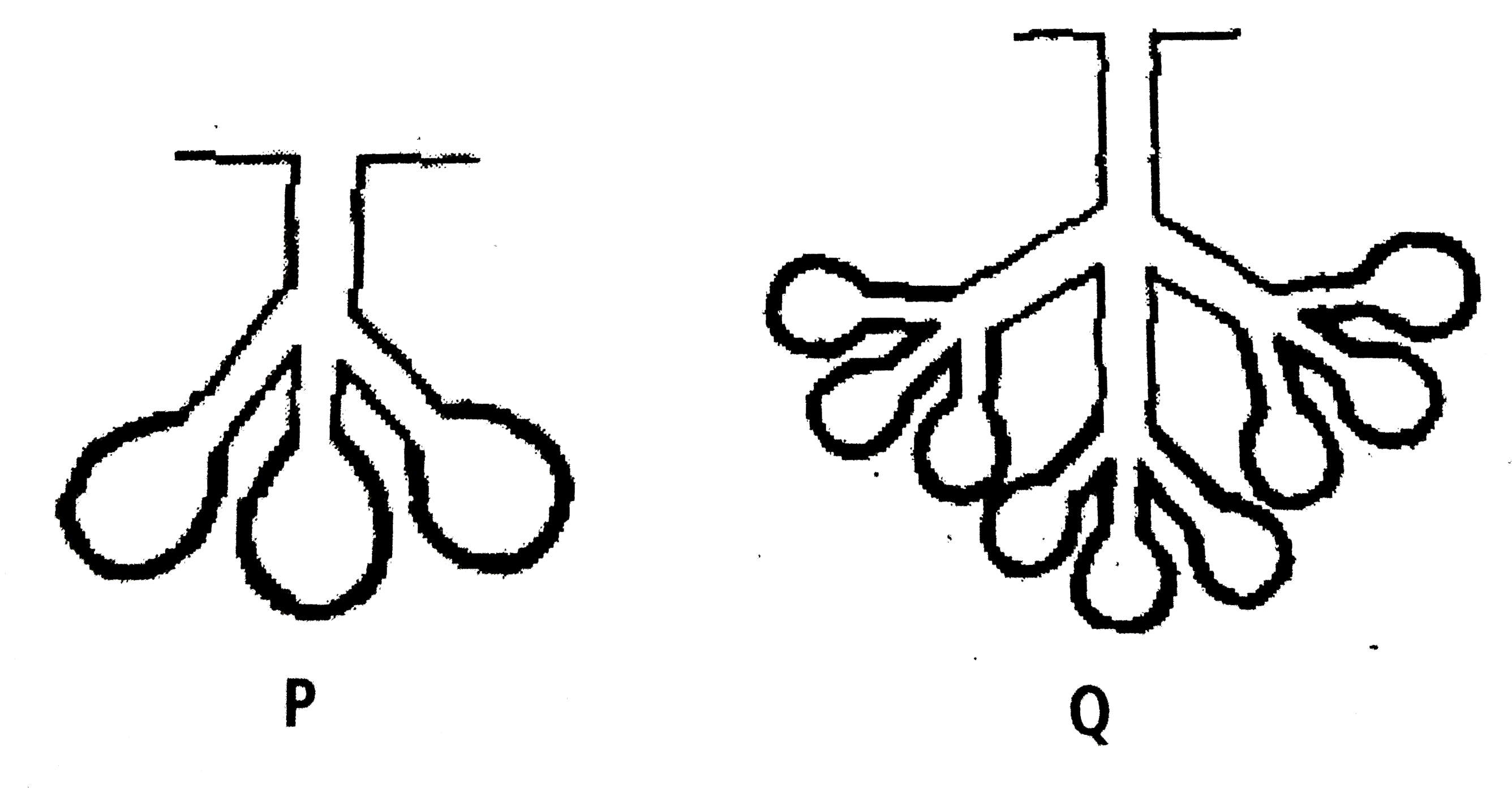What is a gland? Name the two types of glands
Step-by-Step Solution:
1. Definition of a Gland:
- A gland is an organ in the body that produces and releases substances. These substances can include hormones, enzymes, or other fluids that perform specific functions necessary for the body's operation.
2. Types of Glands:
- There are two main types of glands in the human body:
- Endocrine Glands:
- These are often referred to as ductless glands because they release hormones directly into the bloodstream. The hormones then travel through the blood to reach their target organs where they exert their effects.
- Exocrine Glands:
- These glands have ducts through which their secretions are transported to specific target organs. Examples include sweat glands, salivary glands, and digestive glands.
Summary:
- A gland is an organ that produces and releases substances for specific functions in the body.
- The two types of glands are:
1. Endocrine Glands (ductless, release hormones into the bloodstream)
2. Exocrine Glands (have ducts, secrete substances to specific target organs)
---
- A gland is an organ in the body that produces and releases substances. These substances can include hormones, enzymes, or other fluids that perform specific functions necessary for the body's operation.
- There are two main types of glands in the human body:
- Endocrine Glands:
- These are often referred to as ductless glands because they release hormones directly into the bloodstream. The hormones then travel through the blood to reach their target organs where they exert their effects.
- Exocrine Glands:
- These glands have ducts through which their secretions are transported to specific target organs. Examples include sweat glands, salivary glands, and digestive glands.
- A gland is an organ that produces and releases substances for specific functions in the body.
- The two types of glands are:
1. Endocrine Glands (ductless, release hormones into the bloodstream)
2. Exocrine Glands (have ducts, secrete substances to specific target organs)
Topper's Solved these Questions
Similar Questions
Knowledge Check
Mammary gland is example of which type of gland ?
AAcrineBApocrineCHolocrineDEndocrineRefer to the given figures showing two types of glands

Which of the following statements regarding these glands is not correct ?AThese are the multicellular glands which pour their secretion directly through ducts at the site of actionBSebaceous glands present in human skin are 'P' type of glandsCBrunner's glands of human intestine and sweat glands of human skin are 'Q' type of glandsDIn 'P' type of glands, secretory intestine and sweat of flask like structure where in 'Q' type of glands, secretory portion is both tubular and flask shaped.The submandibular glands are a type of salivary glands which are located
Abeneath the tongueBbeneath earsCbeneath eye orbitsDat the jaw angles
